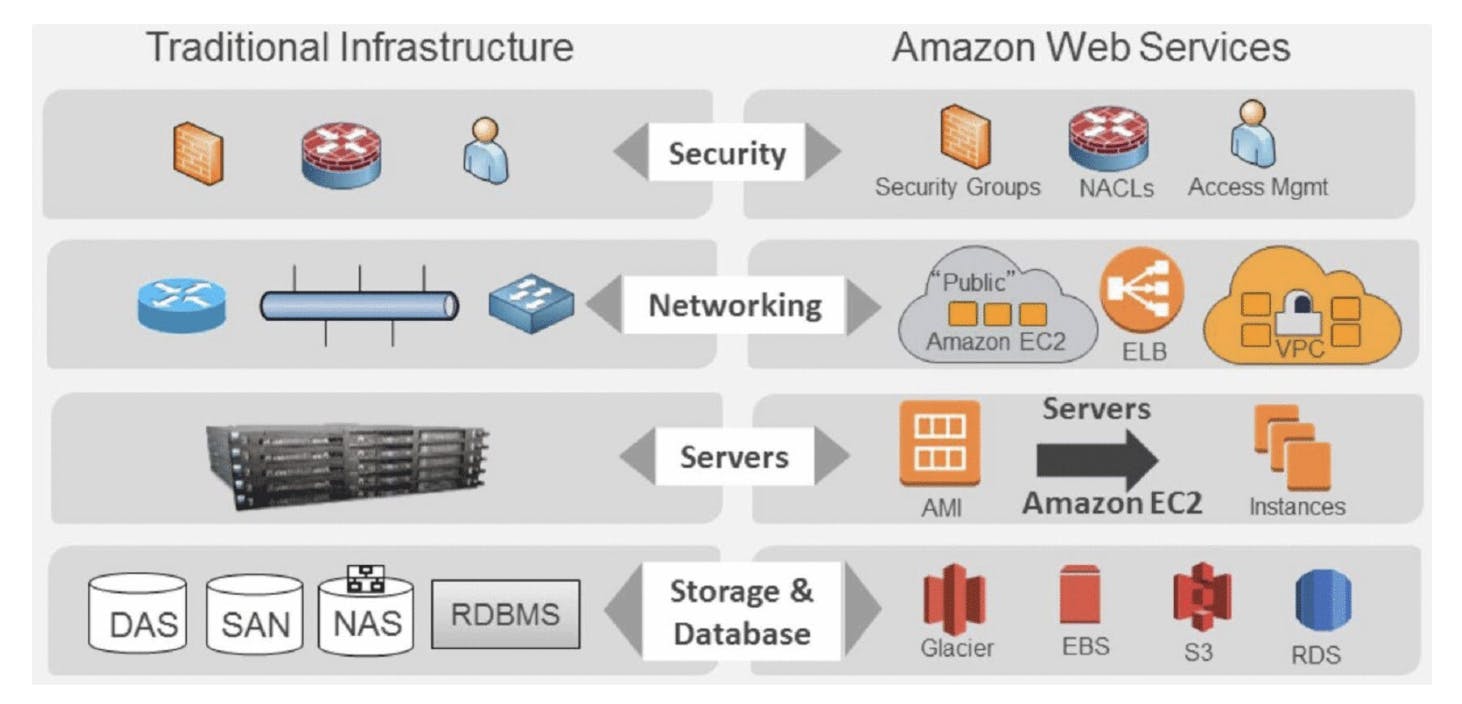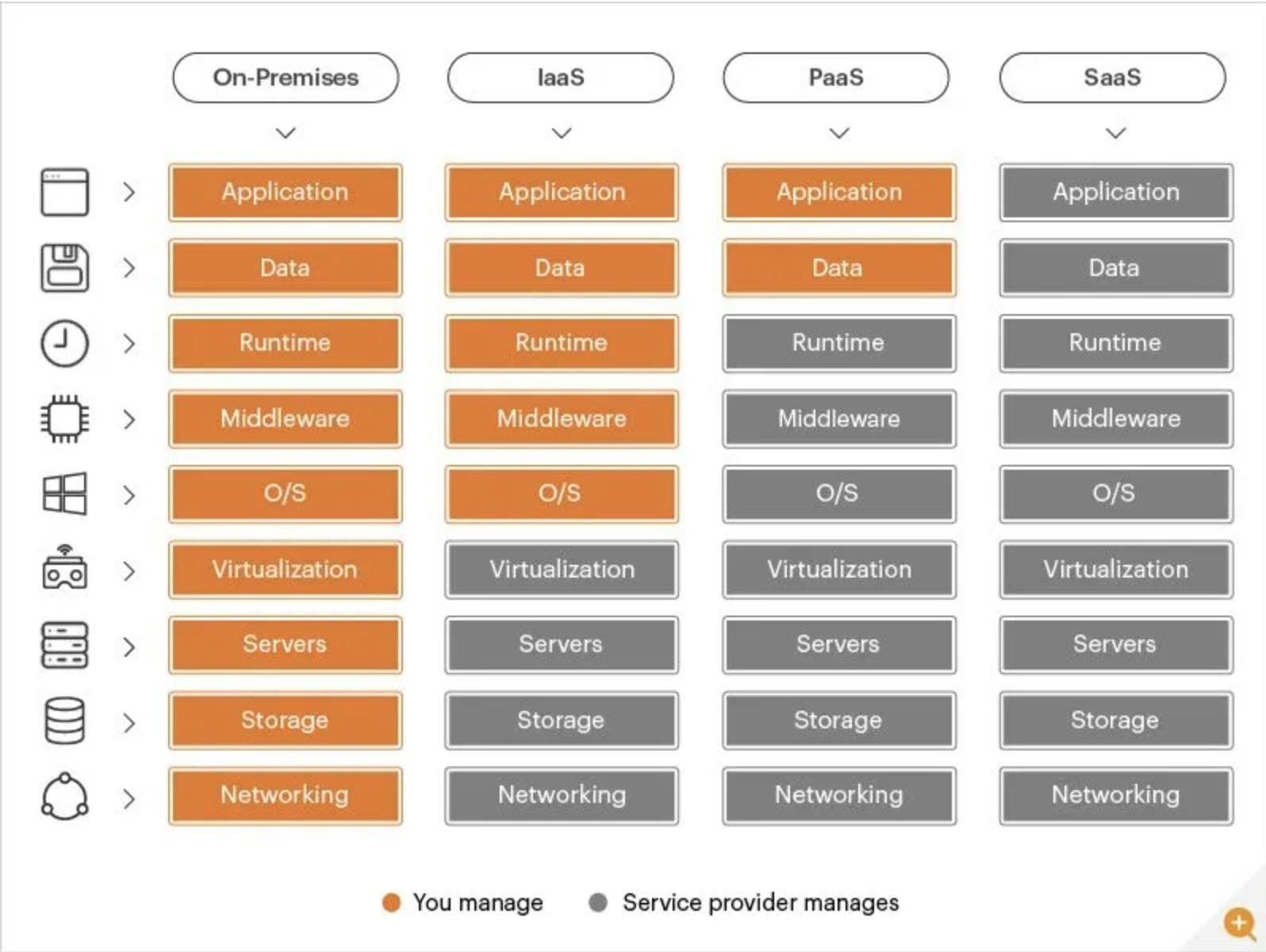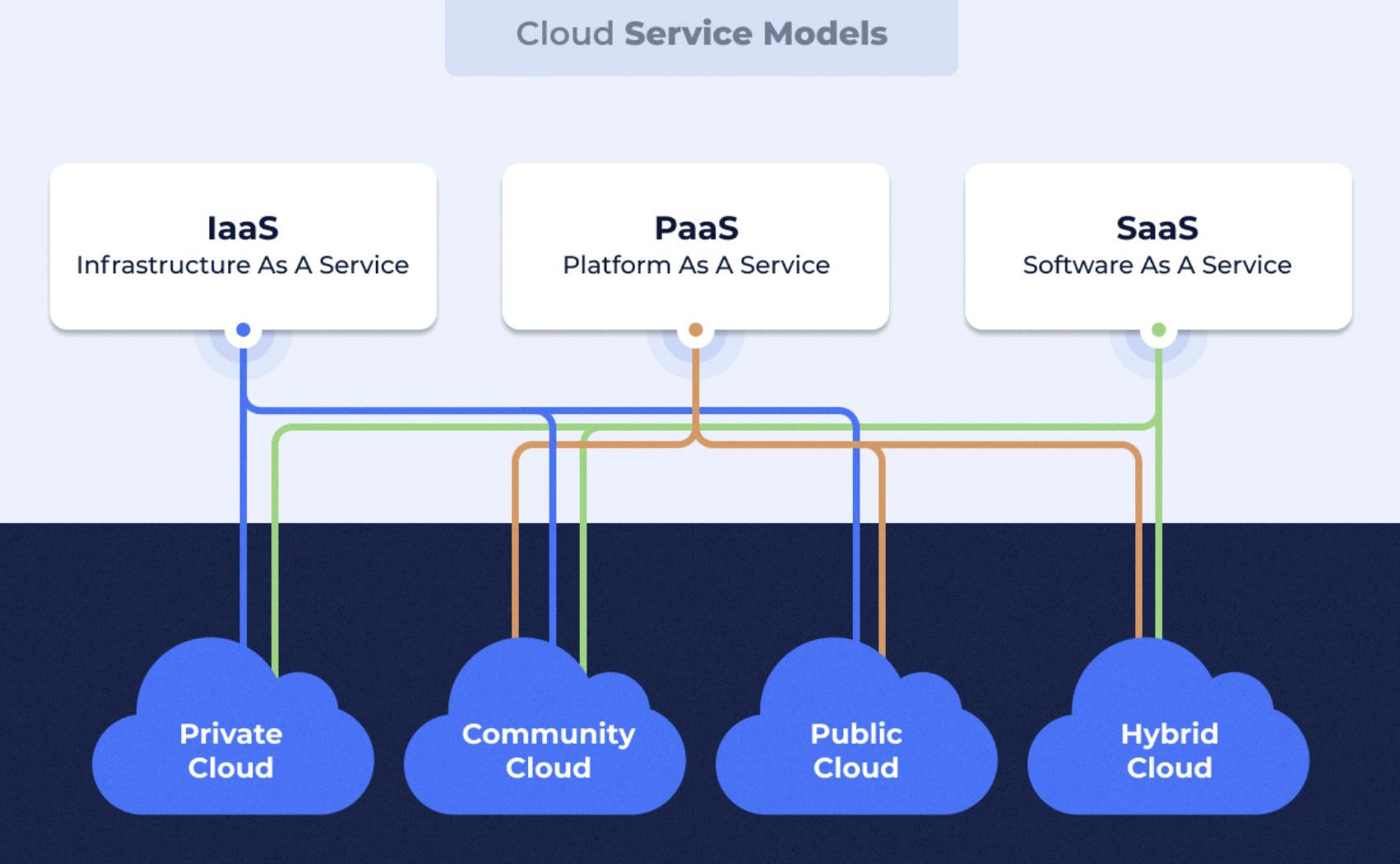AWS Basics: Everything You Need to Know to Get Started
The Beginner's Guide to AWS: Cloud Solutions for Your Business
What is AWS?
AWS stands for Amazon Web Services. It is a comprehensive and always-advancing cloud computing platform provided by Amazon. It offers a wide range of services to its users, including computing power, storage options, networking, databases, machine learning, artificial intelligence, analytics, security, and more, all available over the internet on a pay-as-you-go basis. The primary components for which AWS charges are:
Compute
Storage
Data Transfer (download or upload from outside)
How is AWS different from traditional services?
Traditional services often involve installing and operating actual hardware infrastructure on-premises. AWS, on the other hand, offers virtualized resources via the Internet, allowing customers to provision and use resources immediately without the need for real hardware.
AWS offers:
On-demand resources: Scale resources up or down per your needs, eliminating the need for over-provisioning.
Pay-as-you-go model: Only pay for the resources you have used, reducing the upfront costs.
Managed infrastructure: AWS manages the underlying infrastructure, allowing you to focus on your applications.
Global reach: Access your resources from anywhere in the world with AWS's extensive global network with just the help of the internet.

What are the benefits of using AWS?
Scalability: Adjust the resources easily according to demand.
Cost-effectiveness: Pay only for the resources you utilize on a pay-as-you-go basis.
Flexibility: Select from a diverse range of services to fulfil your different business requirements.
Reliability: AWS ensures high availability and dependability through its global infrastructure.
Security: AWS implements strong security measures and complies with certifications.
Innovation: Continuously advancing platforms with fresh features and services.
What are the problems solved by AWS?
Hardware expenditures are costly initially.
On-premises infrastructure offers limited scalability and flexibility.
Time-consuming infrastructure management duties.
Lack of geographic reach and redundancy.
Difficulty in installing strong security measures.
Various cloud computing models

1. Infrastructure as a Service (IaaS)
It offers virtualized computing resources through the Internet. Rent virtual servers, storage, networking, and other fundamental infrastructure elements. An example of this is Amazon EC2. Infrastructure as a Service (IaaS) on AWS provides three significant advantages for businesses:
Scalability: It allows for easy adjustment of resources to meet changing demands, ensuring flexibility and optimizing costs.
Control and Customization: Users have precise control over their infrastructure, enabling them to customize virtual machines, networks, and storage according to their specific requirements.
Cost-Efficiency: With this service, businesses only pay for the resources they actually use, eliminating the need for upfront hardware costs and reducing overall IT expenses.
2. Platform as a Service (PaaS)
PaaS, such as AWS Elastic Beanstalk, presents a platform that enables customers to create, execute, and oversee applications without the need to handle their infrastructure. The advantages of PaaS include:
Automated deployment: PaaS simplifies the process of setting up the necessary infrastructure for running applications, thereby saving time and resources.
Seamless scalability: PaaS allows applications to automatically adjust to varying demands, ensuring smooth operation even during peak usage periods.
Wide array of development tools: PaaS offers a range of tools and frameworks that are compatible with different programming languages and environments, enhancing development efficiency and familiarity.
Integrated services: PaaS includes essential services like databases, messaging, and caching, eliminating the need for separate management and enhancing overall efficiency.
Enhanced collaboration: PaaS promotes teamwork by providing features that allow multiple developers to collaborate on projects simultaneously.
Improved monitoring: PaaS offers insights into application performance, resource usage, and user behaviour, enabling optimization and troubleshooting for better overall performance.
3. Software as a Service (SaaS)
SaaS offers a convenient method of delivering software applications through the internet, with a subscription-based model. For instance, Amazon WorkMail is an example of such a service. The following are the features of SaaS:
Quick and easy access: AWS Marketplace provides a wide collection of ready-to-use SaaS applications, eliminating the complex setup and installation processes.
Reliable performance: With built-in scalability and high availability, these applications offer consistent performance and minimize downtime.
Seamless integration: They integrate smoothly with the other AWS services, enabling businesses to build interconnected solutions tailored to their needs.
Deployment models of cloud

Public Cloud: Services are provided through the public internet and utilized by numerous users simultaneously. Example: Amazon EC2.
Pros: Cost-effective, scalable, and easy to use.
Cons: Security concerns, lack of control over infrastructure.
Private Cloud: Infrastructure is provisioned for exclusive use by a single organization. Example: AWS Outposts.
Pros: Enhanced security and control over resources.
Cons: higher costs, limited scalability.
Hybrid Cloud: A combination of public and private cloud resources. Example: AWS Direct Connect.
Pros: Flexibility, scalability, and data residency.
Cons: Complexity, and integration challenges.
Multi-cloud: In a multi-cloud deployment, organizations use multiple cloud computing services from different providers.
Pros: Flexibility, avoiding vendor lock-in, redundancy, and leveraging specialized services from different providers.
Cons: Complexity in management, interoperability challenges, potential for increased costs.
Community Cloud: In a community cloud implementation, multiple organizations with similar needs share the infrastructure resources.
Pros: Shared costs among community members; tailored services to meet specific industry needs, shared security measures.
Cons: Limited scalability, potential for conflicts among community members, dependency on community governance.
How does AWS charge?
Pay-as-you-go: Customers' charges are based on the actual usage of the resources they use, such as compute instances, storage, data transfer, etc.
Reserved Instances: Customers can commit to a certain level of usage for a period (1 or 3 years) in exchange for discounted pricing.
Spot Instances: Customers bid for unused EC2 capacity, allowing them to take advantage of unused resources at reduced rates.
On-Demand Instances: Customers can provision instances on-demand without any long-term commitments, paying for the resources by the hour or second.